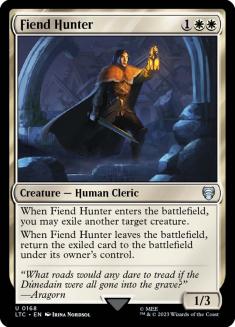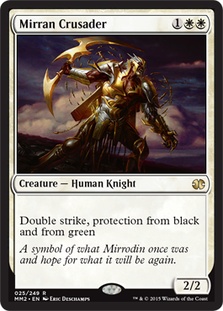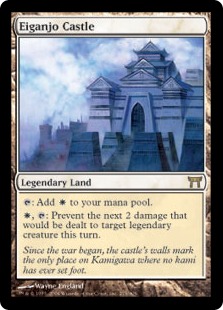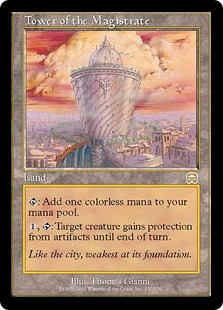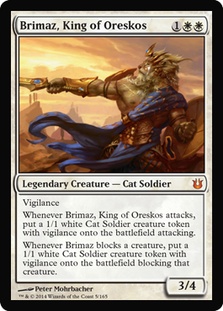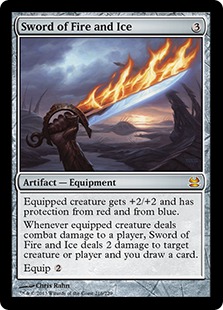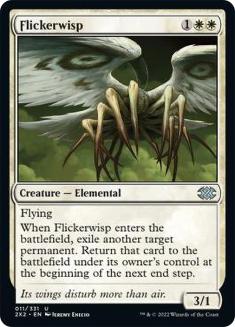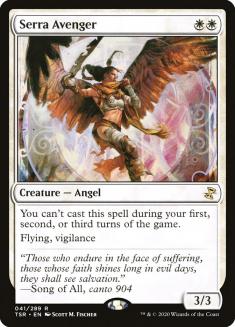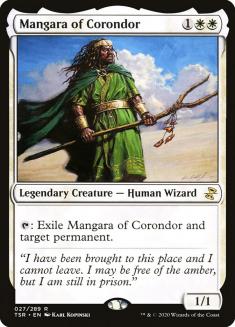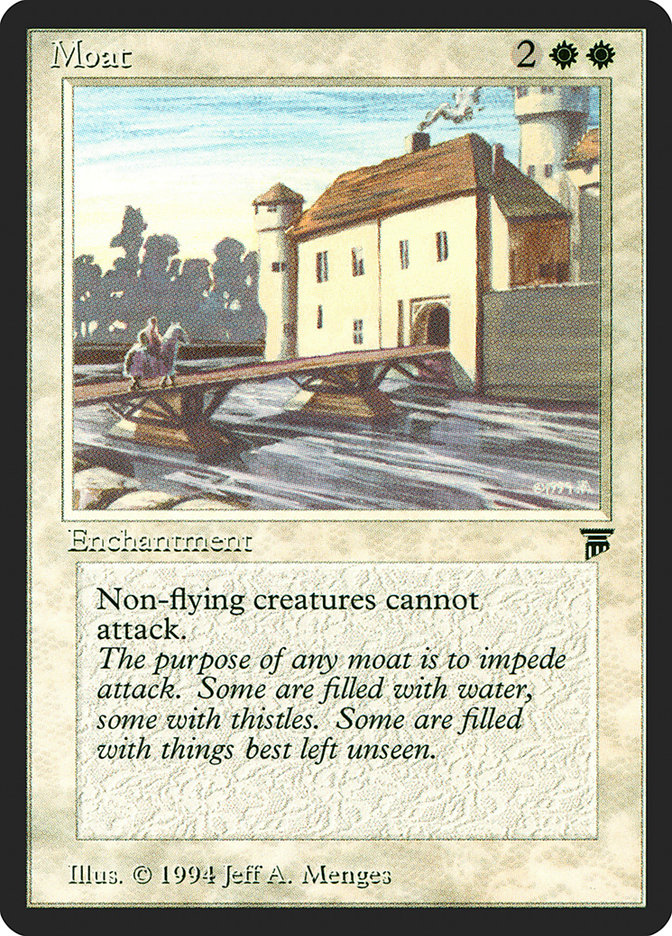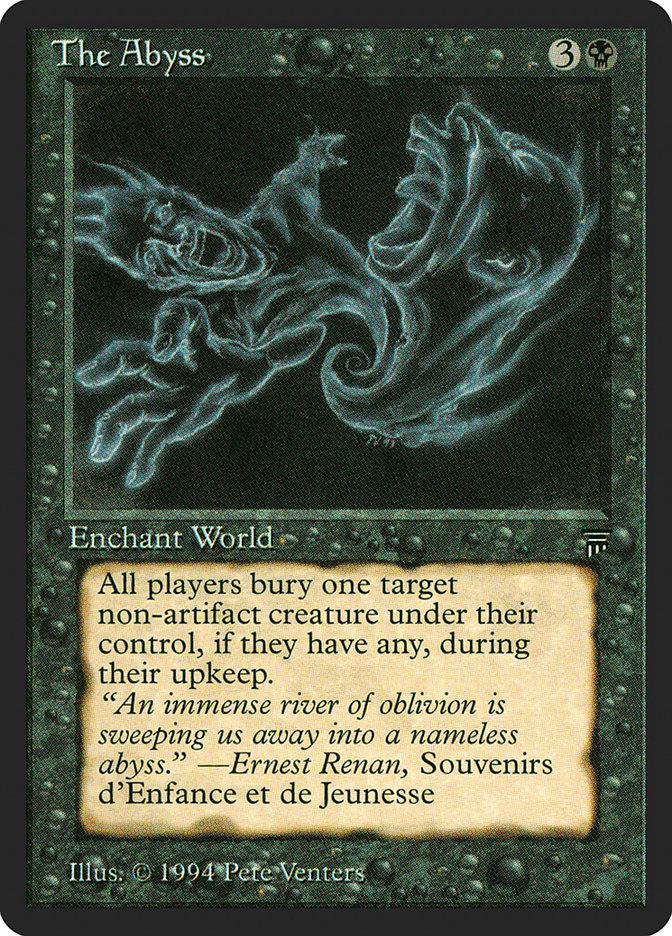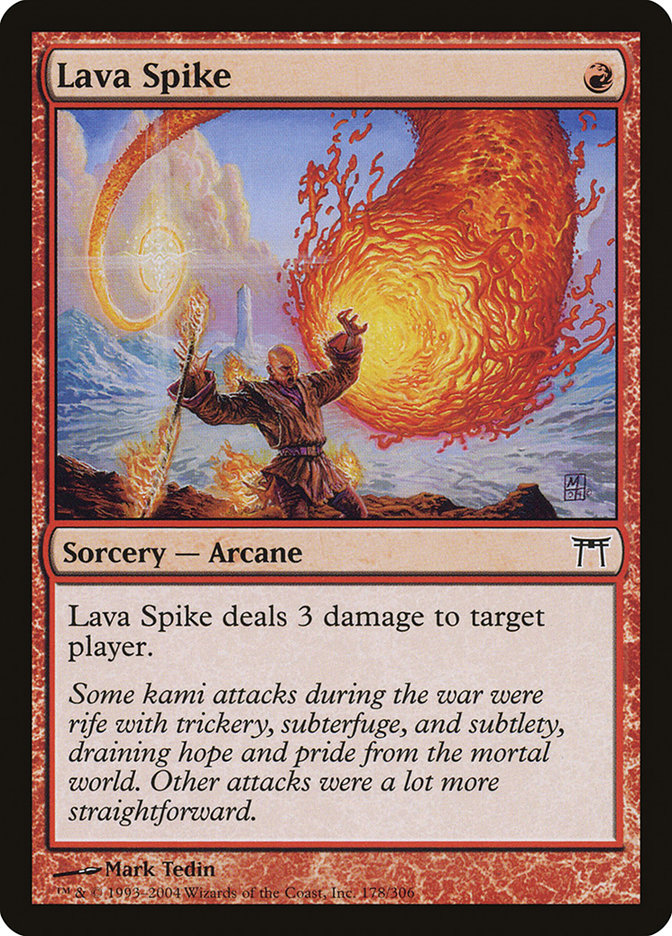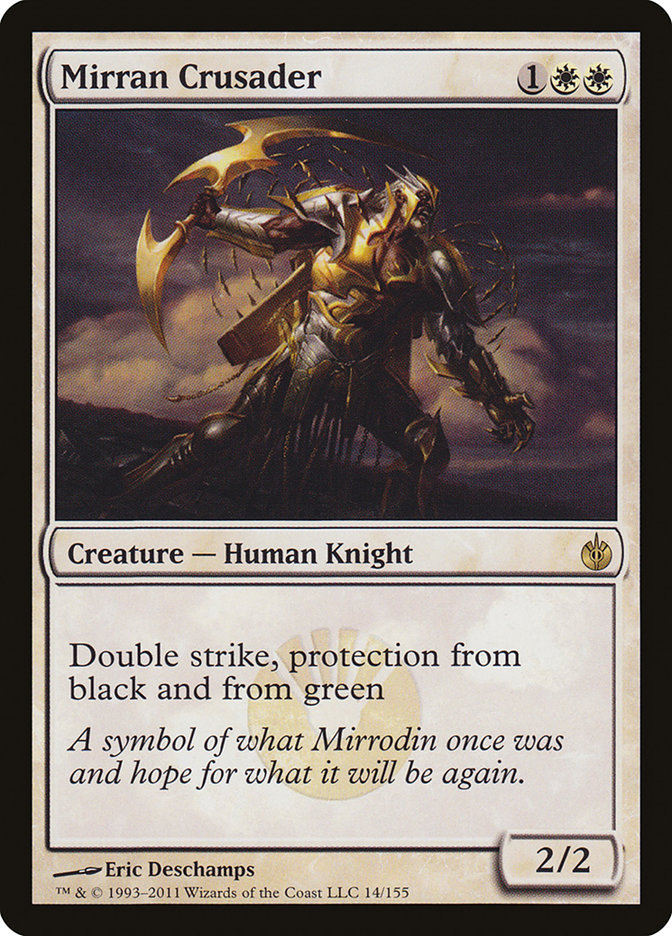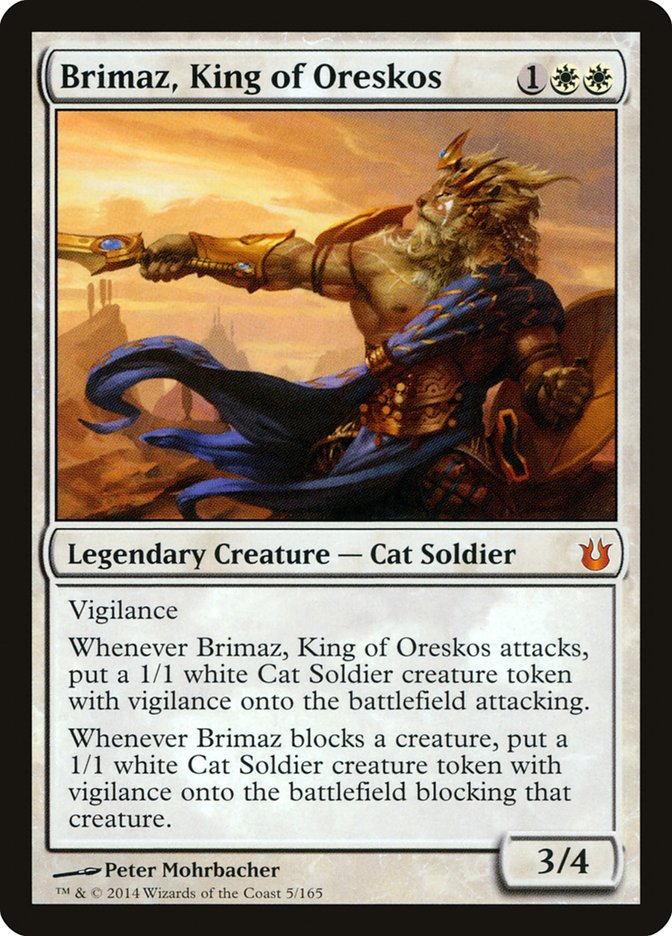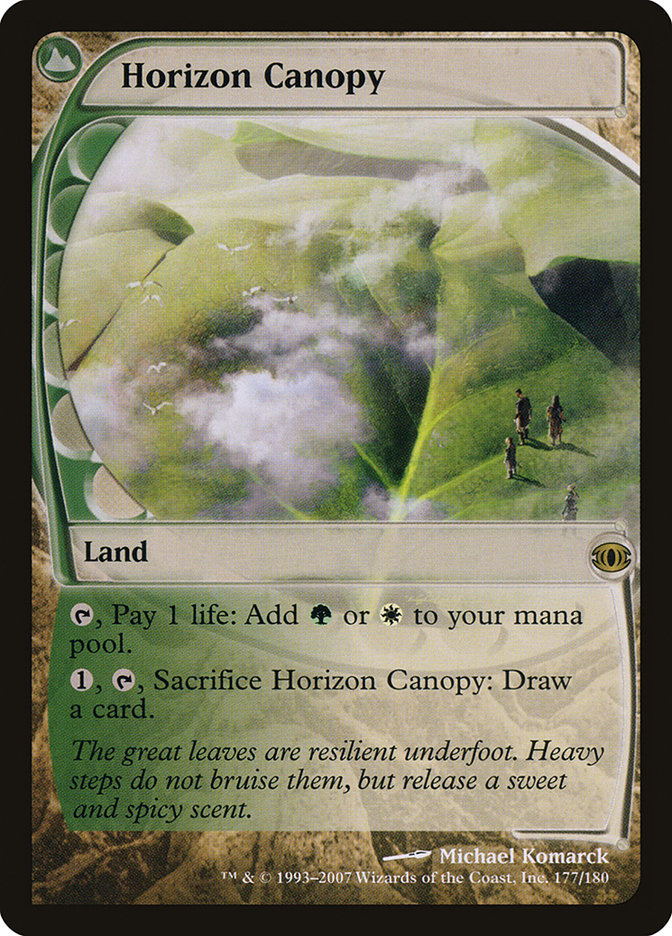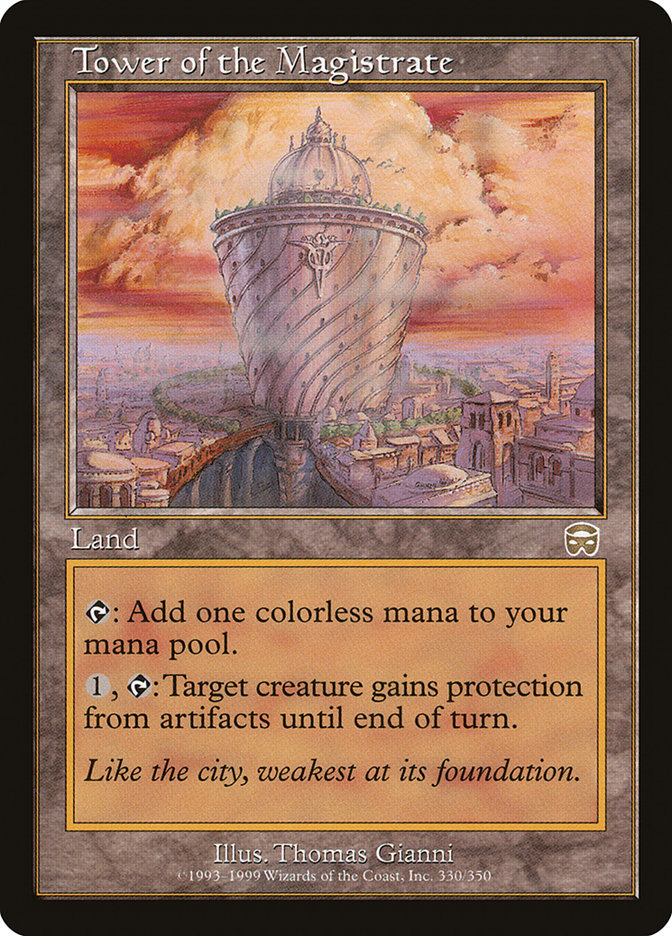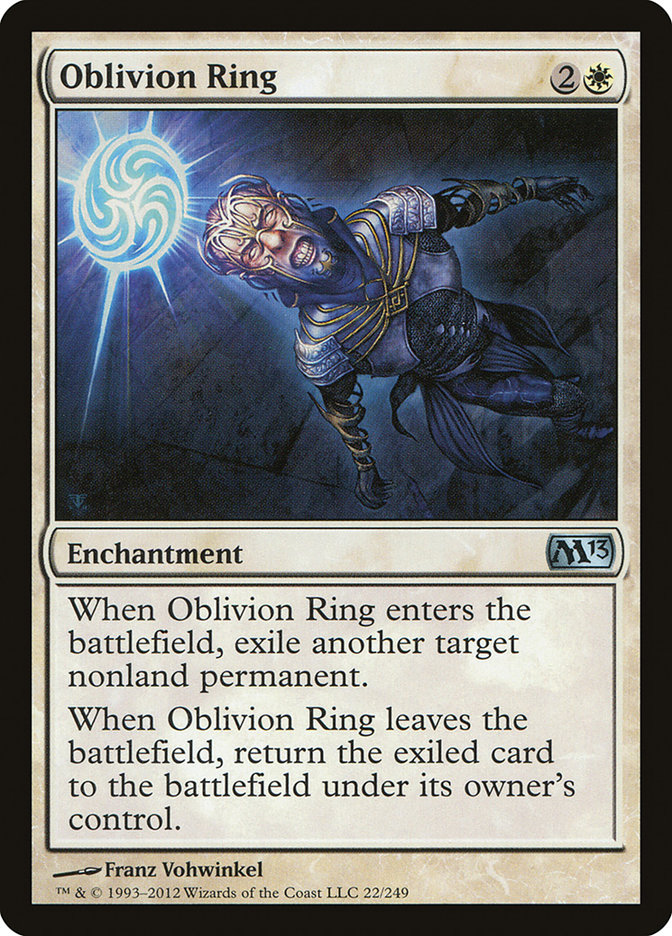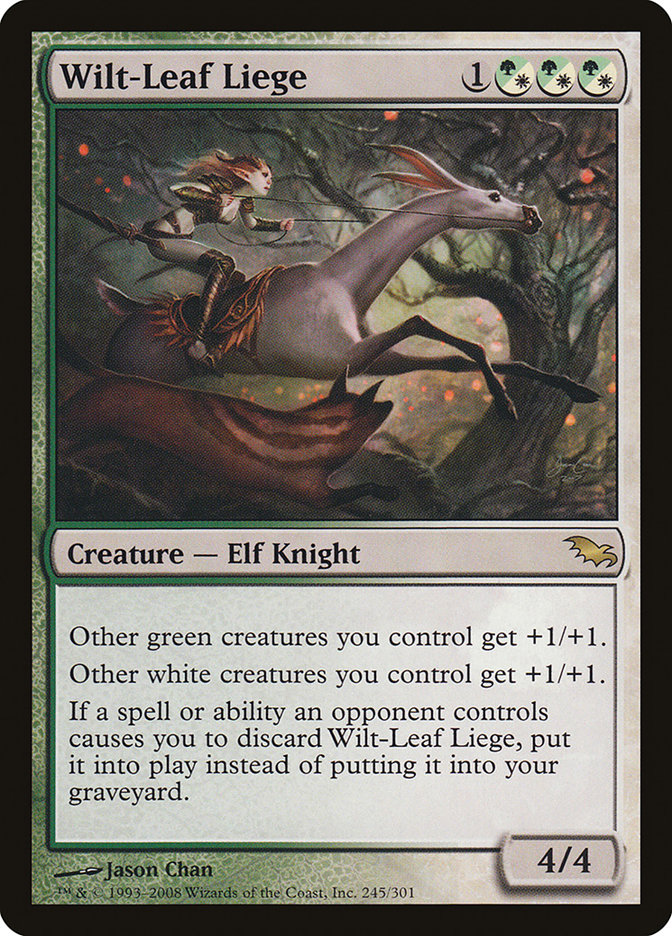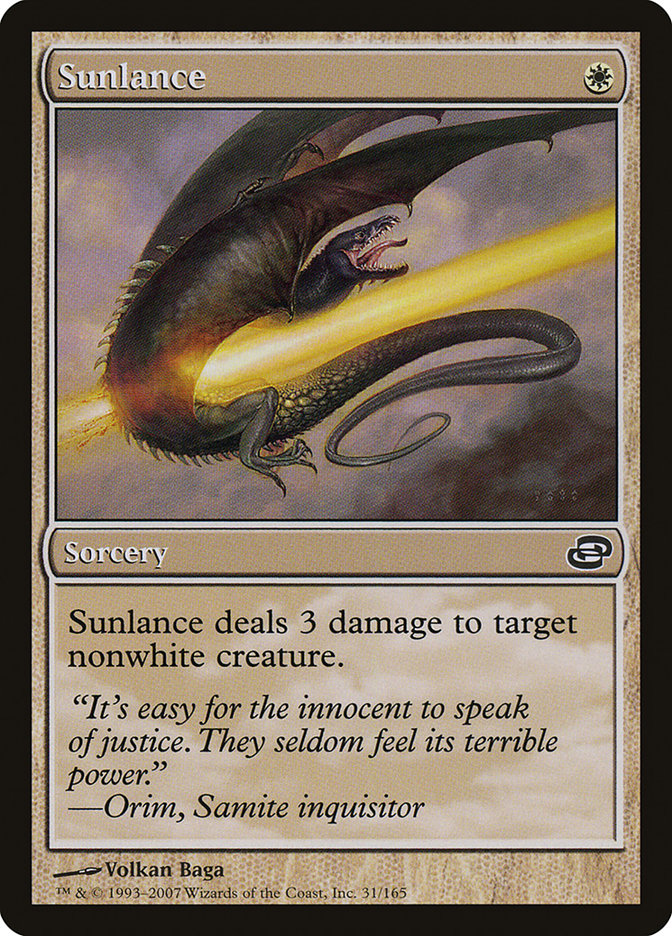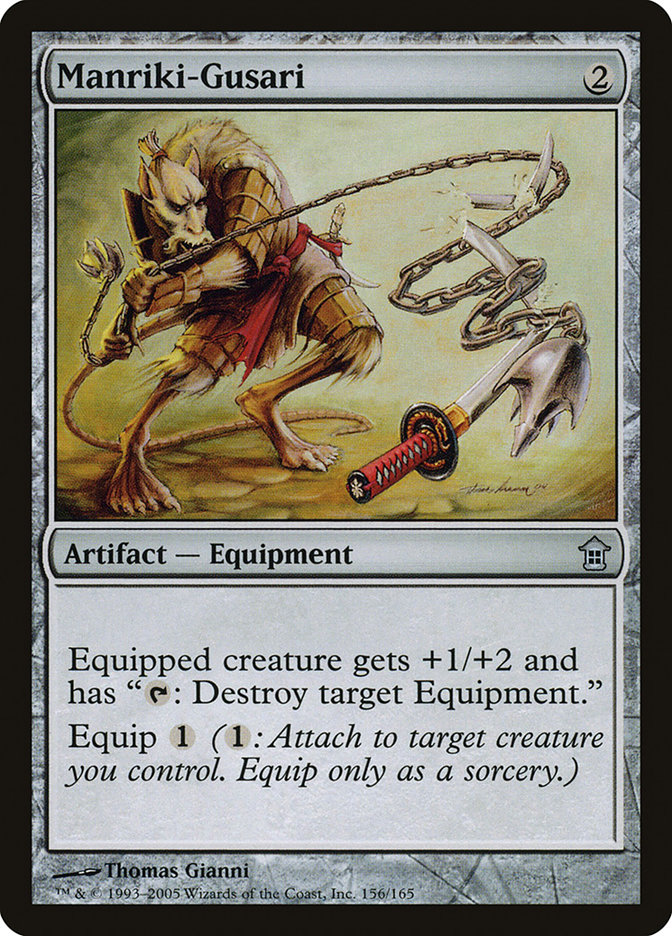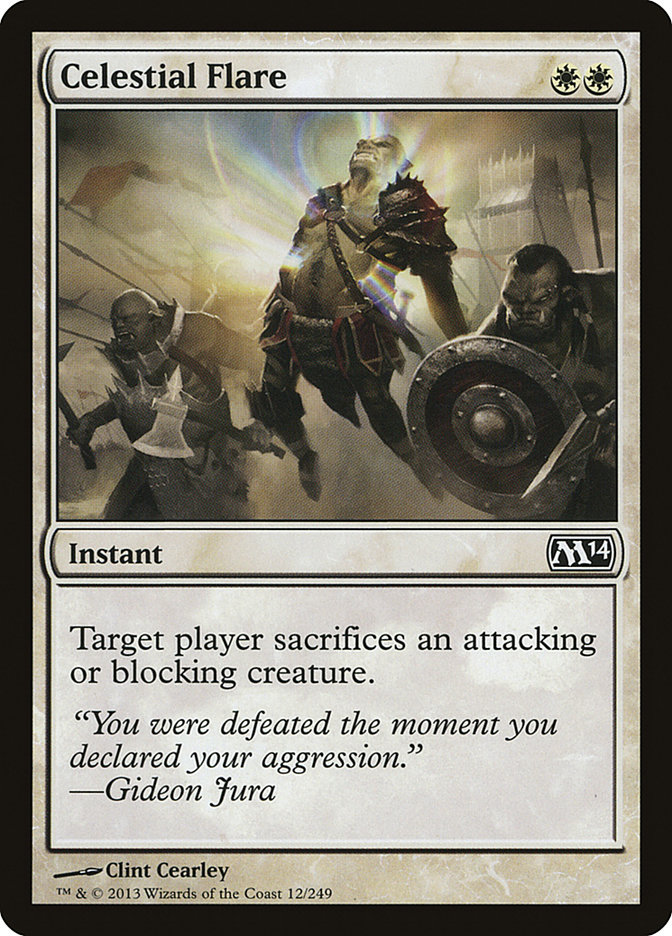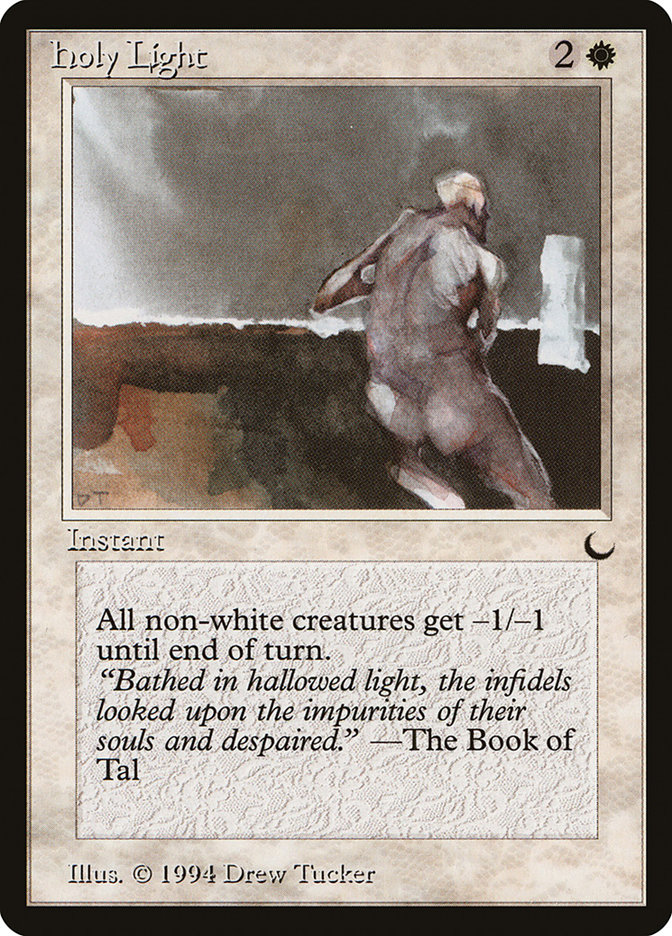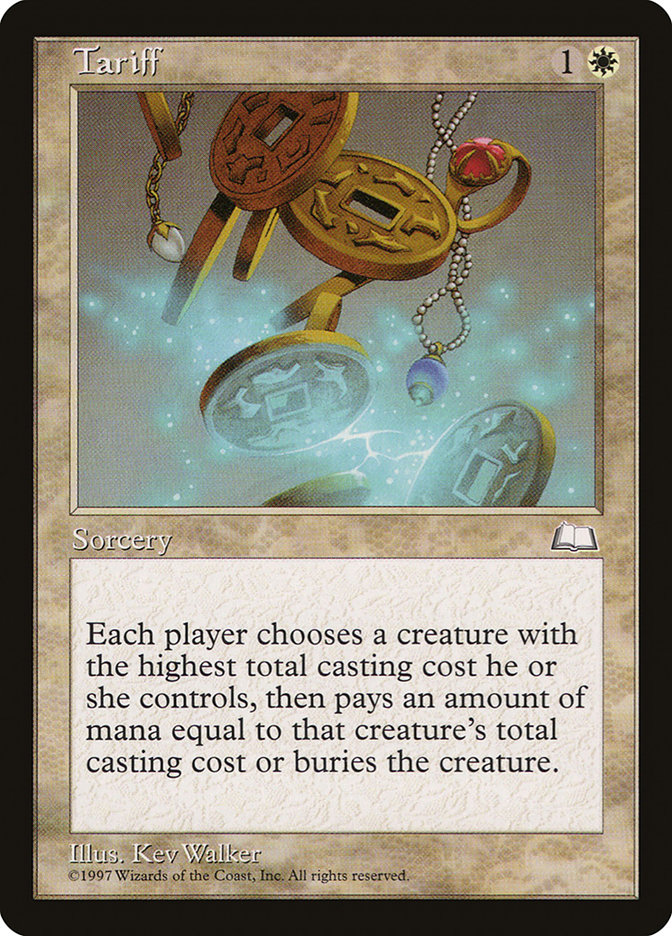I’ve spent much of the last few months, mostly since just before Thanksgiving, working on Death and Taxes. I’ve basically felt like this deck has proven itself to be one of the two best decks in the Legacy format (a distinction potentially shared by U/W/R Delver, debuted by Erik Smith and given prominence by Owen Turtenwald), though truth be told talking about the “best decks in Legacy” is a lot like talking about the biggest great white sharks in the ocean and trying to make claims about which is the biggest of them all. Really, they are all great white sharks, and a few pounds don’t really seem to matter when you’re talking about a creature that weighs several tons.
But really in Legacy you want to make sure you’re the great white shark and not the guppy.
Death and Taxes is definitely in the Jaws camp of great white sharks. One of the biggest mistakes that people make with the deck though is to think that it is White Weenie. This is particularly unfortunate because of the joke that goes with the name:
“There are only three things that are certain: death, taxes, and White Weenie.”
This quote is playing with a Benjamin Franklin quote: “In this world nothing can be said to be certain, except death and taxes.” Six months ago I went into great detail about how the deck Death and Taxes is not White Weenie but rather an exciting variant on the ancient prison archetype; even though it is tooting my own horn, I strongly recommend you read that article before continuing on with this one.
Go ahead. I’ll wait.
. . .
. . .
. . .
Without any further ado, here is my current version of Death and Taxes:
Creatures (26)
- 4 Mother of Runes
- 2 Mangara of Corondor
- 2 Aven Mindcensor
- 3 Flickerwisp
- 4 Stoneforge Mystic
- 2 Mirran Crusader
- 4 Phyrexian Revoker
- 4 Thalia, Guardian of Thraben
- 1 Brimaz, King of Oreskos
Lands (23)
Spells (11)

The sideboard in a deck like Death and Taxes must always be tailored carefully to the current metagame; it’s hard to be a prison deck if you aren’t punishing the right opponents! But before we hit the sideboard, let’s take a quick comparison between my current build and the most successful version of the last year.
Creatures (27)
- 4 Mother of Runes
- 2 Mangara of Corondor
- 2 Aven Mindcensor
- 3 Flickerwisp
- 4 Stoneforge Mystic
- 3 Mirran Crusader
- 4 Phyrexian Revoker
- 1 Fiend Hunter
- 4 Thalia, Guardian of Thraben
Lands (23)
Spells (10)

Here are the differences between my version of the maindeck and the version Thomas Enevoldsen played to a win at Grand Prix Strasbourg ten months ago.
Out:
In:
This is essentially an incredibly minor change. This wouldn’t be a very big deal, except when you consider the differences between this list and the more recent list of Enevoldsen’s, the exact 75 of which was piloted by Craig Wescoe to fifth place at Grand Prix Washington DC:
Creatures (26)
- 4 Mother of Runes
- 3 Serra Avenger
- 2 Aven Mindcensor
- 4 Flickerwisp
- 4 Stoneforge Mystic
- 1 Mirran Crusader
- 4 Phyrexian Revoker
- 4 Thalia, Guardian of Thraben
Lands (23)
Spells (11)

Here the differences are more pronounced:
Out:
In:
What is the reason for this shift to fliers from Enevoldsen? It is really quite simple:
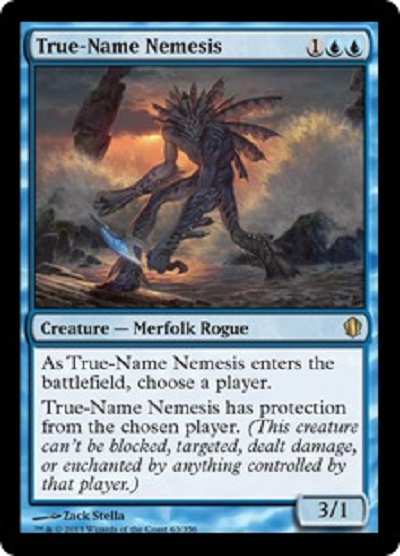
True-Name Nemesis is just a horrific threat for a Death and Taxes player. In Legacy there are very few maindeck cards that interact with the card that aren’t counterspells. For the hapless Death and Taxes player, True-Name Nemesis usually acts essentially as an incredibly powerful split card of these three cards:
While one True-Name Nemesis is bad for Death and Taxes, two is somewhat akin to a nightmare.
I searched to see how Enevoldsen did at the most recent Grand Prix, assuming he played the deck that most Legacy aficionados associate with him. It wasn’t great. Now, this could be because he had some bad luck or could be because he ran into a number of True-Name Nemesis. He managed eighteen points, barely shy of making day 2, which is certainly respectable. Of course, until he shares with us how his losses came about, we can only conjecture, but I would be unsurprised if they boiled down to the two major weaknesses of Death and Taxes: turn 1-2 combo decks and True-Name Nemesis.
I talked with Enevoldsen late last year about the new fishy threat, and the changes to his list were a direct reaction to True-Name Nemesis. He said the card is “enemy number one” and essentially the entire reason that he shifted away from Mirran Crusader toward Serra Avenger, a card that can at least dodge True-Name Nemesis.
If Enevoldsen didn’t fare well with Death and Taxes, he was hardly alone. Not a single copy of the archetype broke into the Top 16. While only 25% of the decks in the Top 16 ran True-Name Nemesis, the previous Legacy Grand Prix in practically the same format had nearly 40% in the Top 16.
After Grand Prix Washington DC, I spent some time talking to both Brian Kibler and Craig Wescoe, who both played the deck to a 10-4-1 and 13-1-1 record respectively. Brian played a barely modified version of Enevoldsen’s list, whereas Craig played Enevoldsen’s list exactly, finishing first in the Swiss before finishing fifth in the end of the event. In talking to them about their experiences, something became really clear to me:
Serra Avenger was practically meaningless against True-Name Nemesis.
Kibler was particularly emphatic about the failure of Serra Avenger to turn games around that involved a True-Name Nemesis, whereas Craig largely dodged games against the Merfolk menace. While both of them made similar claims of the mediocrity of Serra Avenger (though Wescoe mentioned Serra Avenger had one incredibly dramatic game win for him versus Reanimator), Kibler particularly seemed unimpressed by the Angel. Half of his losses came from True-Name Nemesis, and the “to the air” plan did practically nothing to change this.
In my opinion, the idea of dodging True-Name Nemesis is just not a credible plan. As a result, I believe that you really need to take Death and Taxes to its roots before True-Name Nemesis and then come up with a reasonable sideboard plan to handle the card directly rather than simply imagining that if you have enough ways to dodge it you’ll be good.
With that in mind, let’s revisit the differences between my list and the new and old lists.
Differences From “Old” Death & Taxes
Out:
In:
Differences From “New” Death & Taxes
Out:
In:
The “new” build is the flying build with heavy reliance on Serra Avenger, a card I’ve long argued has no place in Death and Taxes’ basic plan of attack. It doesn’t effectively shut down any strategies and serves only three real purposes: creating a clock (an effect that is only a secondary part of the Death and Taxes strategy, blocking a Delver (a reasonable ability but one that already exists in the form of several other fliers, usually at least five), and dodging a True-Name Nemesis (which I argue is a dead end strategically).
I embrace the older idea of being a Mangara of Corondor list. When you are a Mangara of Corondor deck, you can entirely stitch up a game where an opponent is struggling or even without doing anything sneaky with Flickerwisp or Karakas simply blunt the best part of what they have going on. An active Mangara can shut down practically anything, and while it functions as a kind of delayed blast Oblivion Ring, it can be abused far more. Particularly given the diversity of Legacy, I really like having access to the card.
Without Serra Avenger to close the game out, I’m running my “fast closers” in the form of three “Mirran Crusader”:
Brimaz, King of Oreskos is functioning as a semi-analog to Mirran Crusader; while Brimaz doesn’t hit as hard when holding Equipment, it does hit a little harder when it isn’t. Importantly, Brimaz actually manages to semi-dodge True-Name Nemesis as well and is immune to single bursts of damage (Lightning Bolt, Punishing Fire, etc.) killing him. On the other side of the coin, Brimaz isn’t as good at fighting Tarmogoyf, but what can you do? You win some; you lose some.
I’m still not 100% certain if Brimaz is better or worse than Mirran Crusader, but I do know that it works very well as a “Mirran Crusader” slot in that it is a hefty creature that can serve functions in the game that could shut down an opponent’s ability to win. For me that is sufficient. It’s certainly possible with more testing I’ll replace Brimaz with a Mirran Crusader, but I doubt I’ll end up with more than one Brimaz if I go the other direction.
Sword of Fire and Ice actually is a great response to True-Name Nemesis provided your Sword isn’t victim of Abrupt Decay in the middle of an attack. The Sword has often been in the main of Death and Taxes, and I’m happy to include it because it actually has really useful functions in plenty of situations, whether it’s creating an edict effect versus an opposing Death and Taxes deck, locking out a RUG Delver deck’s ability to remove your creature, or providing a steady source of gas in a grind.
The final change is the removal of Horizon Canopy for Tower of the Magistrate. This is something I’m only trying out for now as an experiment. One of the horrible dangers of my change is going down to only fourteen sources of white, with three of them being the same legendary land and one of them being Cavern of Souls. Especially in the face of opposing Wastelands, this can make casting white spells difficult. Other lists have this same set of lands but include an additional white source in Horizon Canopy.
The upside of Tower of the Magistrate? It is truly incredible against all Stoneforge Mystic decks. While there are also some minor bonuses in protecting your creatures from the occasional artifact creature or from an Umezawa’s Jitte token giving a creature -1/-1, more typically you’ll use Tower of the Magistrate to make an opposing creature’s Equipment fall off of it. This is particular good against:
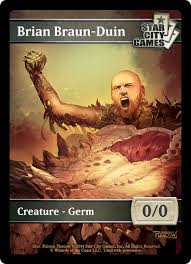
While I’m still experimenting with Tower of the Magistrate, I do know that I haven’t been terribly excited by Horizon Canopy. I certainly haven’t gotten to the point of playing the deck in hundreds of matches yet, but I did find myself never sacrificing the land. Perhaps with more time I’d be on board with Horizon Canopy, but for now I want to play a land with a little more utility.
As far as the sideboard goes, there are several cards I’m confident I’d want to play in any build of Death and Taxes.
Aside from simply shutting down graveyard strategies, I love how effective this card is against Tarmogoyf and Deathrite Shaman. Some builds go a little further, running three Rest in Peaces or two Rest in Peaces and one Relic of Progenitus, but I do think you want to start with two Rest in Peaces.
This is a card you just find yourself bringing in again and again. The primary target for the card is Sneak and Show, but you also bring in varying numbers against Miracles, the mirror, Reanimator, Shardless BUG, Affinity, Painter, Maverick, Merfolk, Jund, and random other decks. It’s a bad catchall, but it’s still a catchall. The best use of the card is against a Show and Tell, but it’s great in plenty of other places as well.
This card is an answer and a hoser. Wilt-Leaf Liege is a great answer to a huge number of cards that are expecting to outright destroy Death and Taxes, whether it’s Golgari Charm, Dread of Night, Sulfur Elemental, or other cards. In addition, Wilt-Leaf Liege is just incredible versus Liliana of the Veil. Particularly in a world that is planning on trying to answer True-Name Nemesis, being able to give your team +1/+1 can be a big deal.
This is the card that usually gets the most looks from people who don’t understand what it is for. In essence, this is your Swords to Plowshares number five. The reason you don’t go toward a card like Path to Exile is that you are a mana denial deck (Thalia, Guardian of Thraben; Rishadan Port; Wasteland), so a Path to Exile can ruin all of your good work. If a deck has small creatures, particularly mana creatures, bring in the Sunlance.
Right now I’m firmly of the belief that we’re in a Stoneforge Mystic world. Whether it’s being held by a True-Name Nemesis, a Germ token, or a Knight of the Reliquary, I think that Legacy is full of Equipment wars. One of the ways that decks used to fight this fight was to run a second copy of Umezawa’s Jitte as a means to “legend rule” kill an opposing Jitte. These days this no longer works, so Manriki-Gusari can be an important way to fight this fight.
I don’t care what your preferred answer to True-Name Nemesis is—just have one. Or two. If you’re really afraid of the card because of your local metagame, splurge and have three. Hell, Andrew Shrout’s version of Death and Taxes splashes for black solely for Zealous Persecution. While the three above cards are all reasonable anti-True-Name cards, they do each have their own problems.
Celestial Flare and Tariff both only kill one True-Name Nemesis. Celestial Flare in other matchups won’t stop Emrakul, the Aeons Torn from triggering during the attack. Holy Light might kill all True-Name Nemesis, but it is more expensive and will kill your own Phyrexian Revoker. In addition, it has very little application outside of killing True-Name Nemesis other than in narrow cases (killing Elves, killing Goblin tokens). Tariff will occasionally kill your own creatures and won’t stop a hasty creature of any kind.
Choose your poison. You definitely need at least two cards that are dedicated to killing True-Name Nemesis because half measures won’t cut it.
So here is my sideboard:
2 Rest in Peace
2 Wilt-Leaf Liege
2 Oblivion Ring
1 Sunlance
1 Manriki-Gusari
2-3 anti True-Name Nemesis cards
4-5 other cards
I’m heading down to St. Louis for the SCG Open Series this weekend. While I’ve sleeved up Death and Taxes for the last few Opens, personally I’m taking a break. No matter how you build the deck, one of the hardest opponents is always that turn 1-2 combo deck. I’ve been knocked out by those decks the last few times, so I think I’m going to go back to a Brainstorm / Force of Will deck for a few weeks.
Despite that I still love Death and Taxes. Knowing that True-Name Nemesis and fast combo are threats, I plan on having access to two Celestial Flares and one Holy Light and dedicating a few slots to combo in the form of two or three Mindbreak Traps. What one sideboards in Death and Taxes is a very important call and something I’m happy to discuss. One of the great things about decks in the prison style like Death and Taxes is that you always are looking for the most hateful things you can do to your opponent. Maybe I’m too much of a Spike, but I love it when I play that one perfect card and my opponent’s deck just wilts away. Death and Taxes properly built and sideboarded can enact that kind of pain incredibly well.

